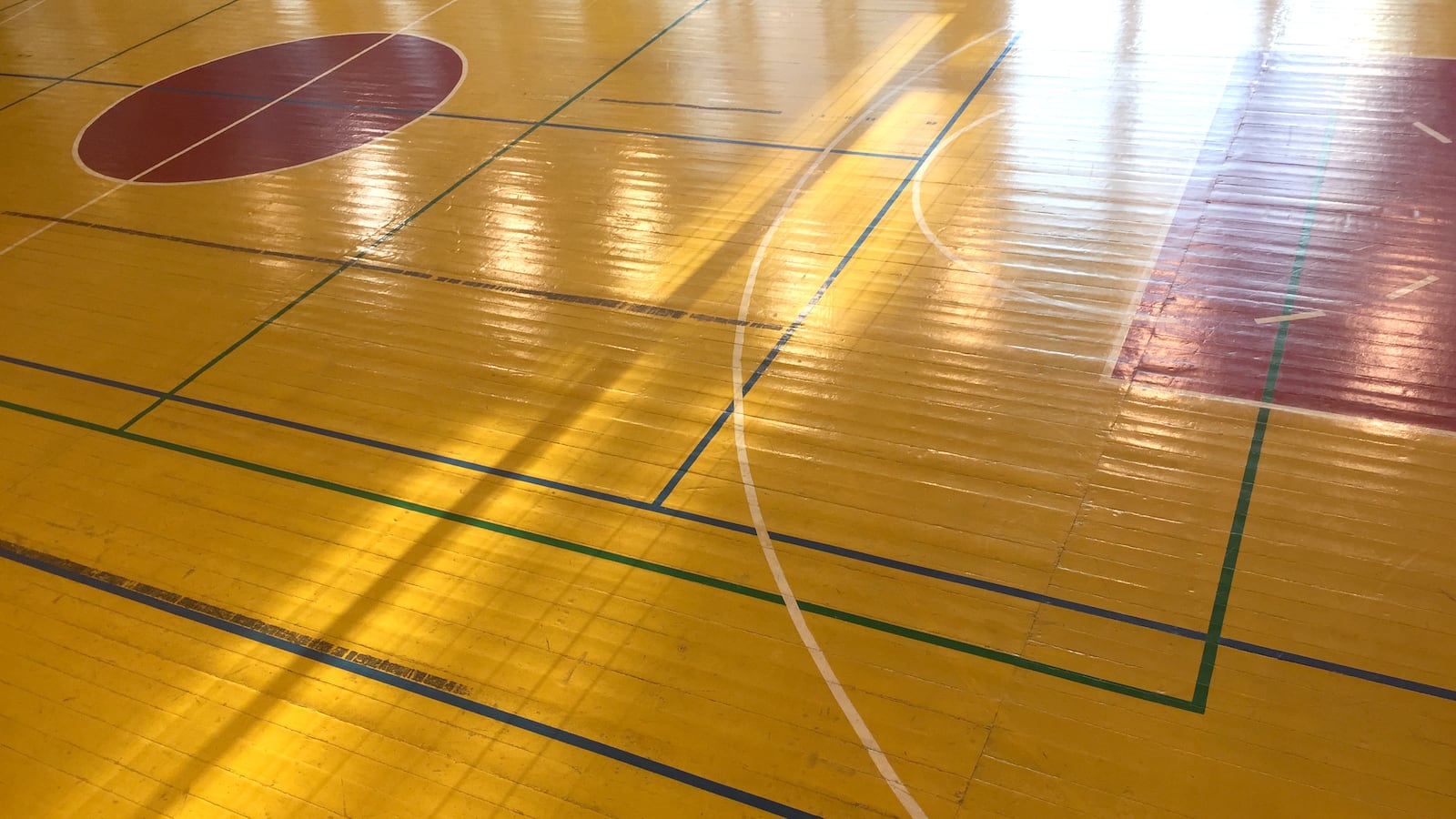Failing a class like art or physical education in the freshman year could be just as damaging to a student’s chance of graduating as failing English, math, or science, a newly released study of Chicago schools has found.
That surprising discovery is among the findings in a series of reports by the University of Chicago Consortium on School Research that put the ninth-grade year under a microscope. The consortium’s previous research stressed how a freshman’s grade-point average and attendance impacts key outcomes, such as whether he or she graduates from high school.
Previously, that landmark research — which has been examined across the country as a way to boost achievement in poor urban districts — had looked exclusively at core classes such as math. Released Thursday, one new paper, titled “Hidden Risk,” takes a more expansive view.
“If you fail P.E., your probability of graduating is a little bit lower than if you failed just algebra, or just English, or just biology,” said Jenny Nagaoka, the deputy director of the Consortium on School Research. “We tend to discount less academic classes, but they are as predictive of graduation as core subjects.”
In Chicago, hardly any eighth-graders fail PE, Nagaoka noted. But in ninth grade, almost 10 percent fail. She attributed that sharp spike to non-academic challenges that, nonetheless, can seriously impact class performance, such as “not dressing for gym because of resistance to changing in the locker room,” or unclean uniforms, if, say, a family doesn’t have regular access to a washer.
Overall, the most recent freshmen studied saw their GPAs drop 0.31 point from their eighth-grade year, and that transition spotlights a trouble spot for the district, schools chief Janice Jackson acknowledged.
“We need to make sure that parents and students understand the expectations, and (before middle school ends) start to introduce concepts that may be new to them,” Jackson said, “one of those being the importance of your grade-point average. Once students have an awareness and can follow their own progress, it helps.”
Black and Latina females saw the largest average GPA declines, according to the consortium report, but black and Latino males started high school with significantly lower GPAs.
For Jackson, those numbers show that it’s time for the district to pay closer attention to the gender gap as well as students failing non-core classes. “I can see this influencing practice at the school level,” Jackson told Chalkbeat. “There is the next edge of growth, and this data has really pointed that out.”
At North-Grand High School, one principal has taken up several strategies to tackle the bumpy transition to high school as well as some gender-based performance gaps.
Entering ninth-graders at the West Side high school take a weeklong orientation before their freshman year. They get instruction in math and literacy and also take classes that address emotional changes in high school.
“Having this class that they take where they are learning about things like how do I stay on top of my grades, or why does a GPA matter, teaches them those skills to be in control and take some ownership over their learning,” Principal Emily Feltes said.
Freshman boys also receive extra attention at North-Grand, with counselors following their academic learning and emotional growth through the year.
The school encourages students to choose electives like music or art depending on their interests. “A whole lot of what has to do with freshman success is learning about identity, and figuring out a system that works for them,” Feltes said.
In two of the reports, Hidden Risk and the Educational Attainment of Chicago Public Schools students, released Thursday, researchers also found:
- Ninth-grade students more than doubled their chances of earning a bachelor’s degree within six years of high school graduation.
- The district increased by 18 percentage points the high-school graduation rate, to 74 percent
- District graduates kept their four-year college graduation rate at around 50 percent
- The GPA declines in P.E. and the arts “greatly exceeded” the average grade drop that students saw in core subjects
- Students at the highest risk for dropping out of school were also the most likely to see a disproportionate drop in art and PE
- Like the grade decrease in math and English, black and Latino students again saw the sharpest grade drop in PE and art.
But despite the overall positive trend, the data showed that students transitioning from eighth grade into high school struggled to maintain their GPA, both in academic and non-academic subjects.
Clarification (Oct. 12, 2018): This story was updated to reflect that three separate reports were released Thursday and to more clearly link GPA findings with high school graduation rates, but not with college attainment.

